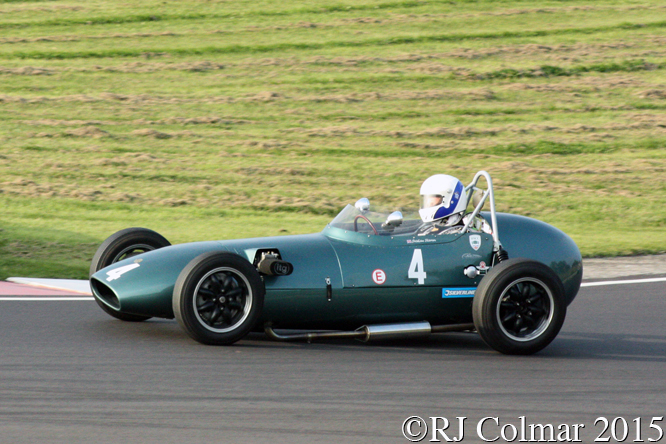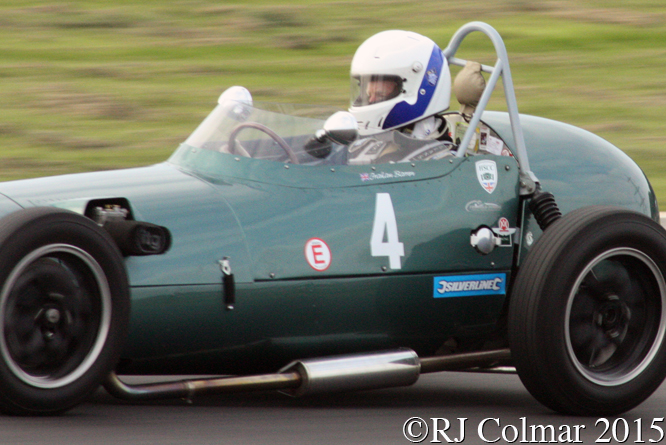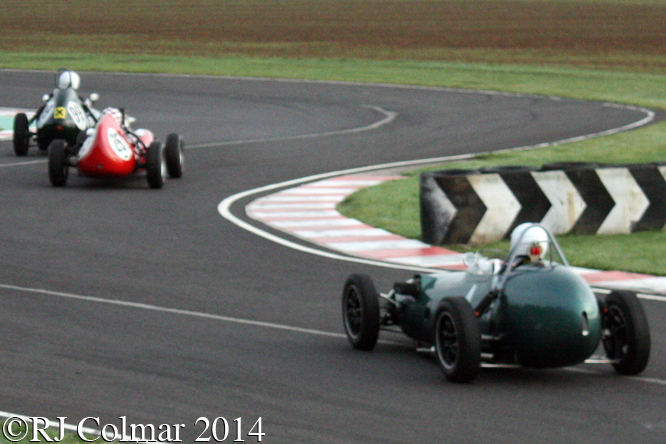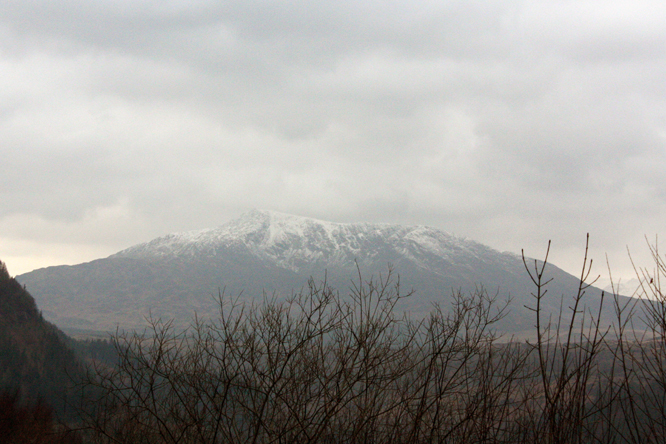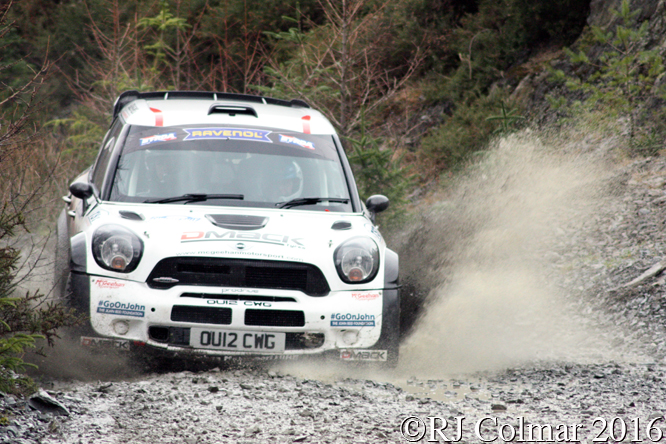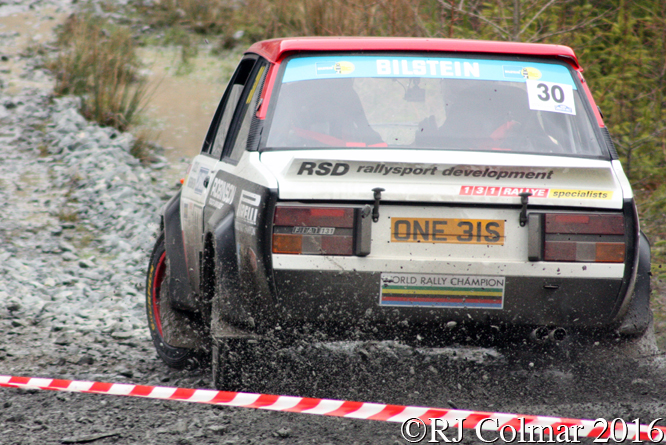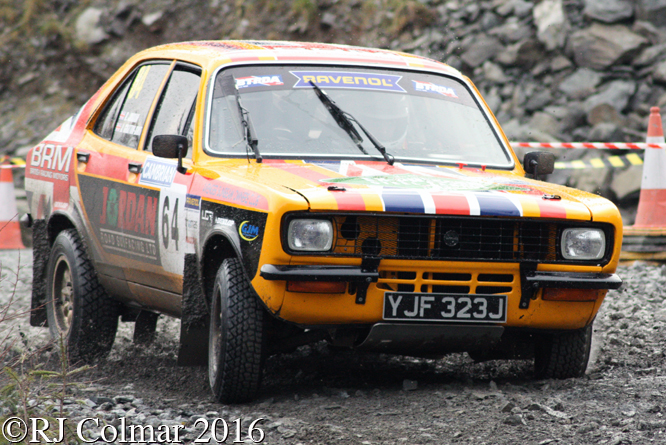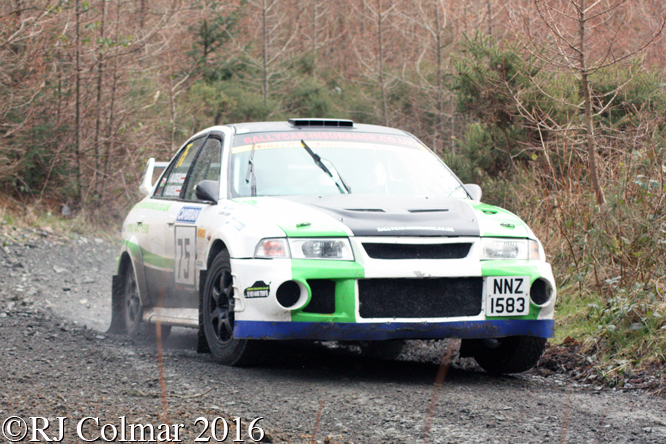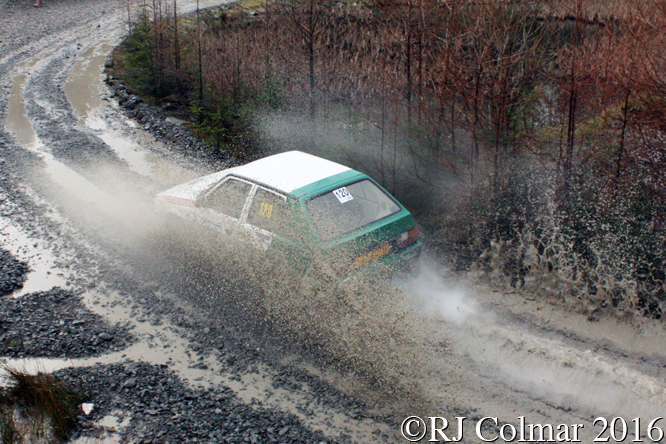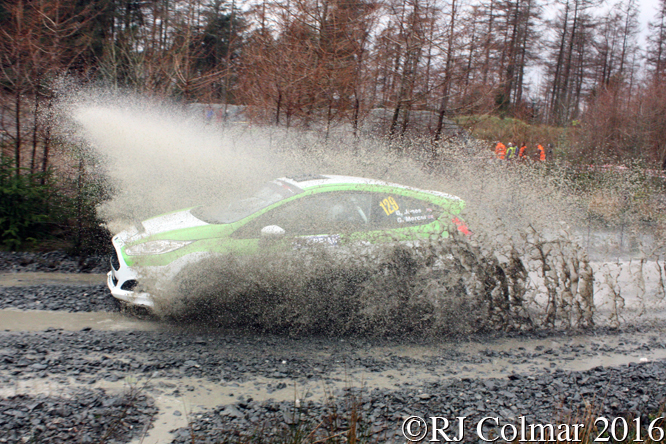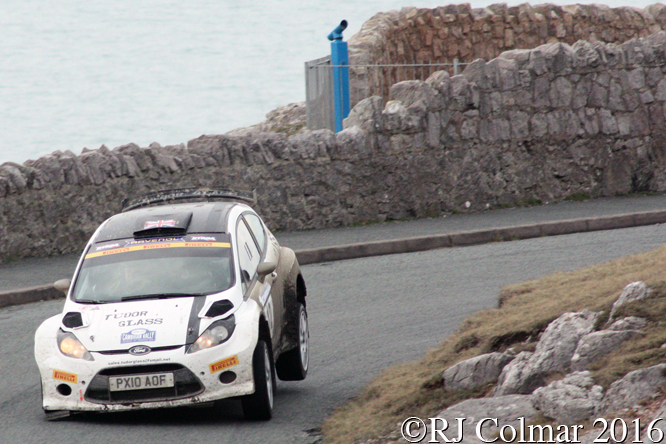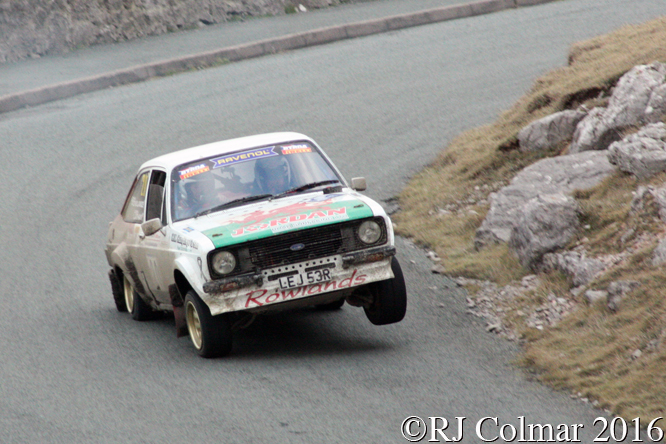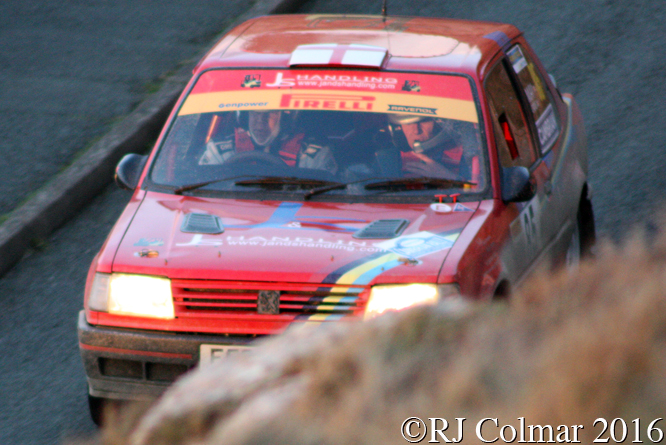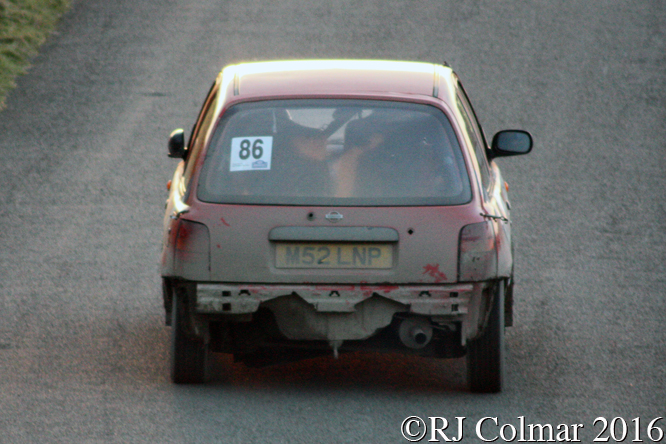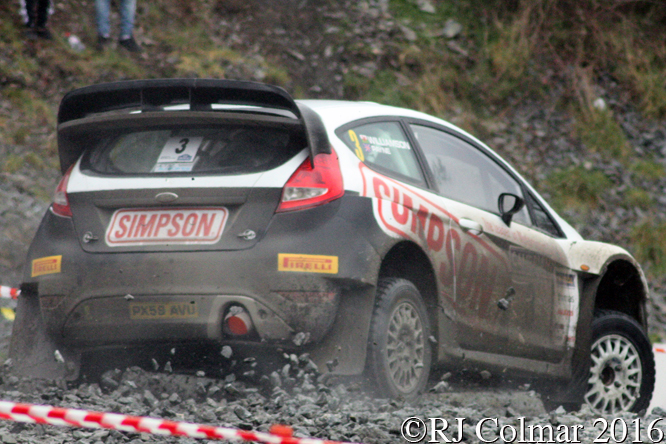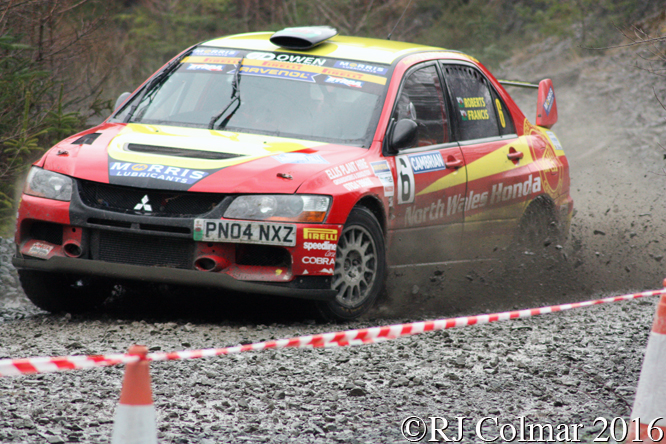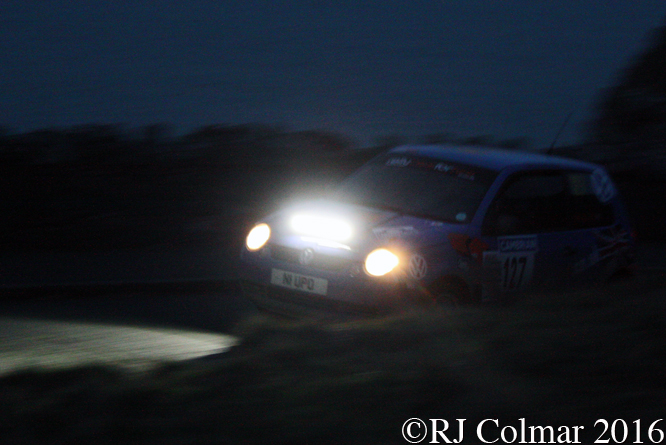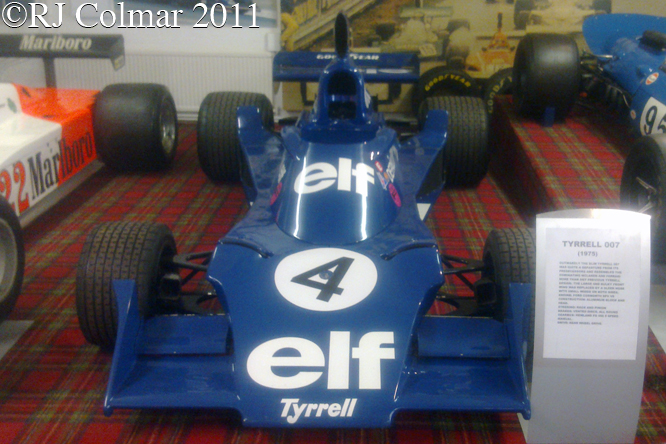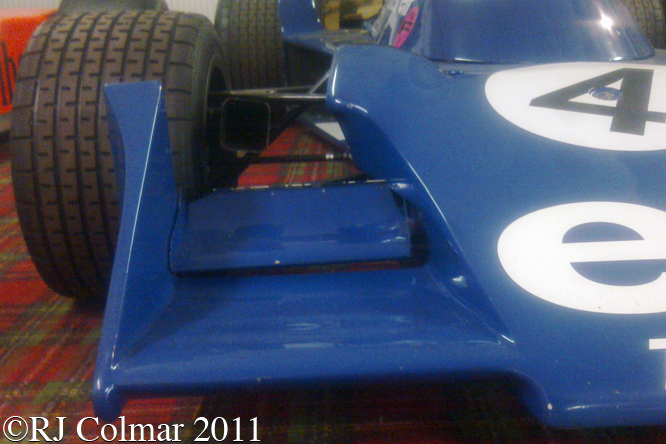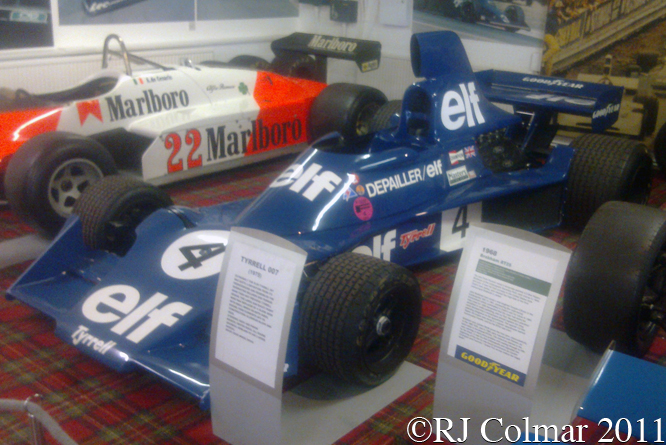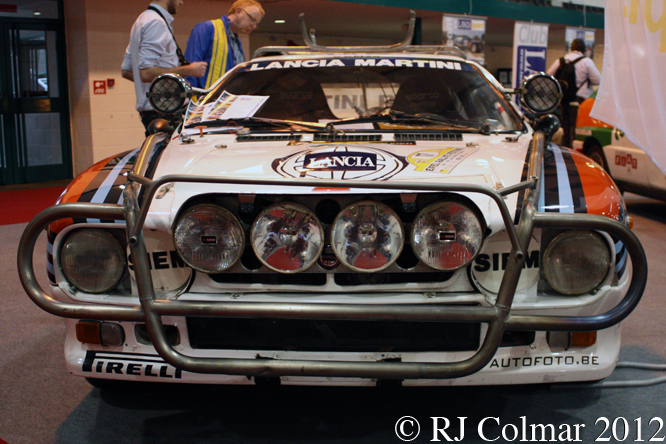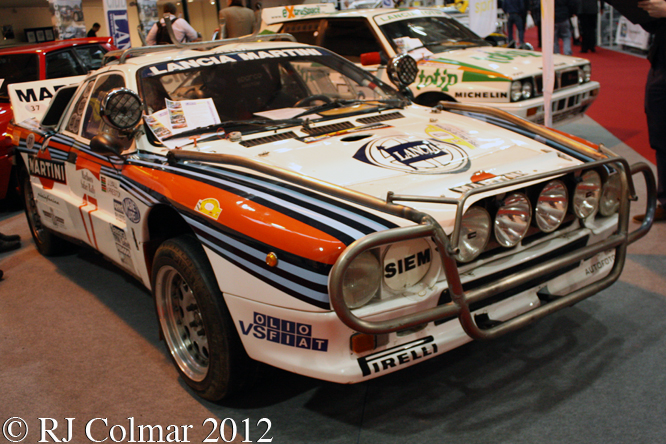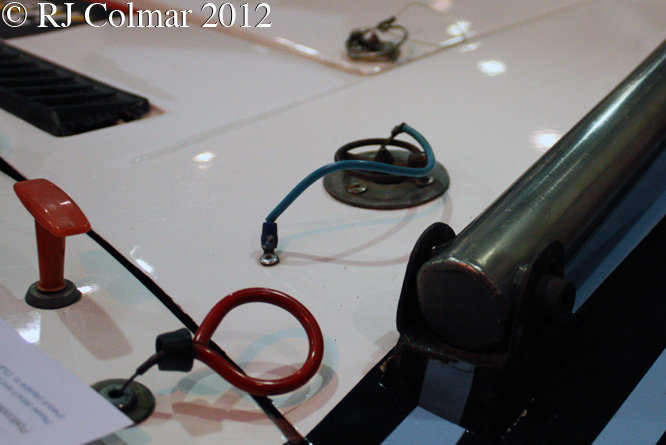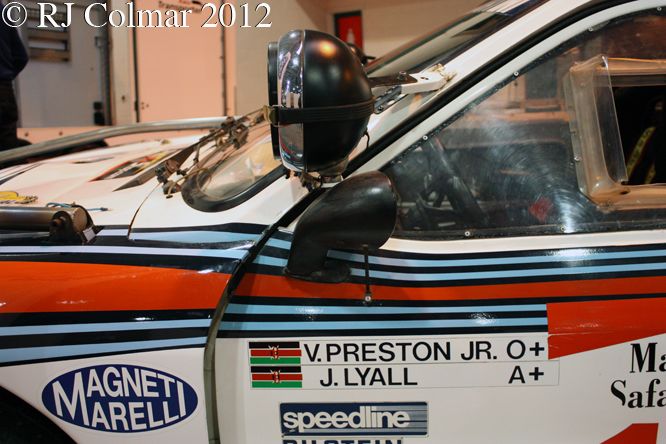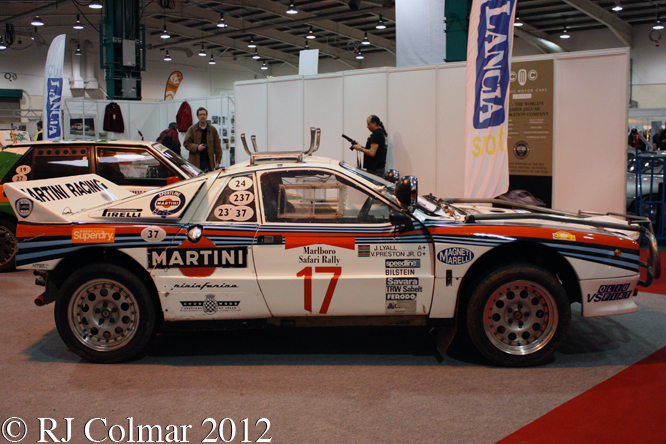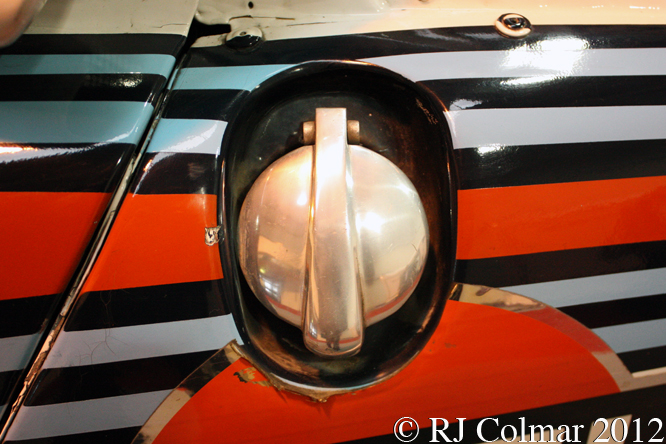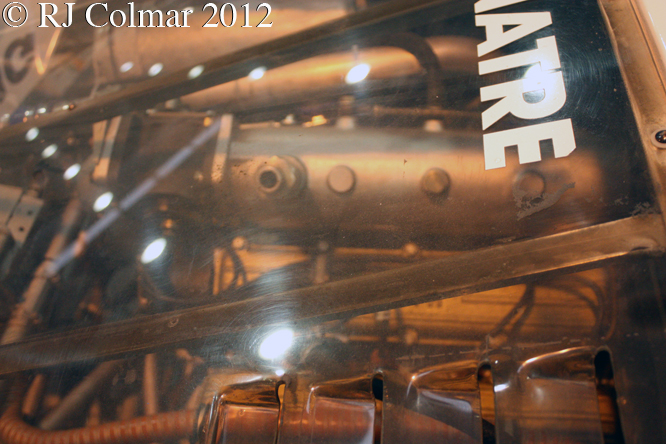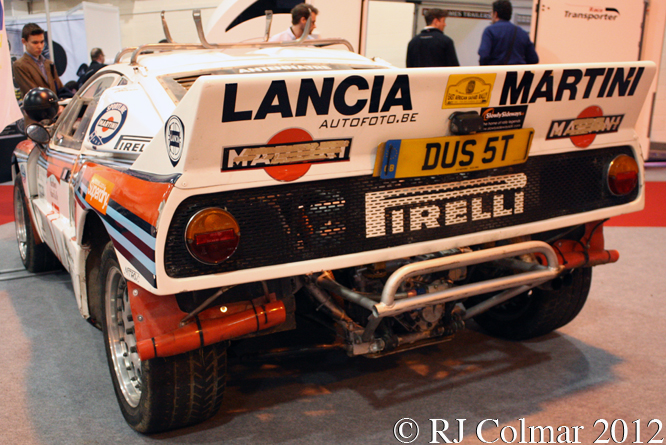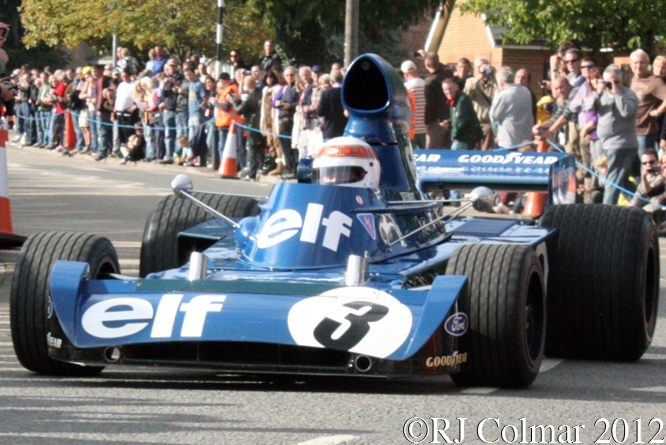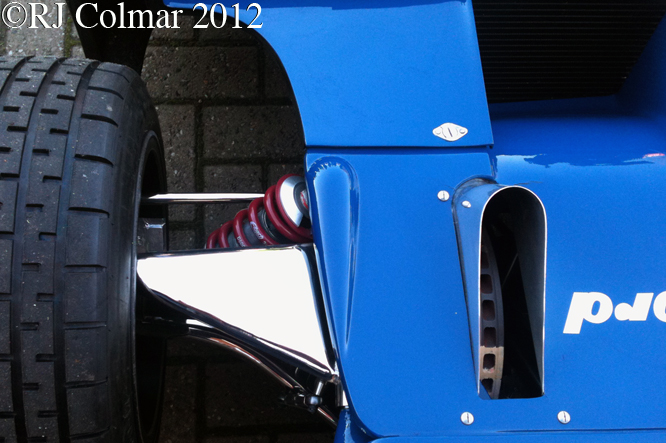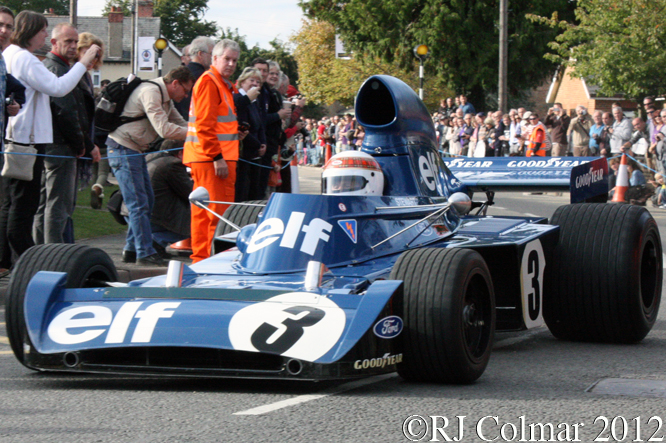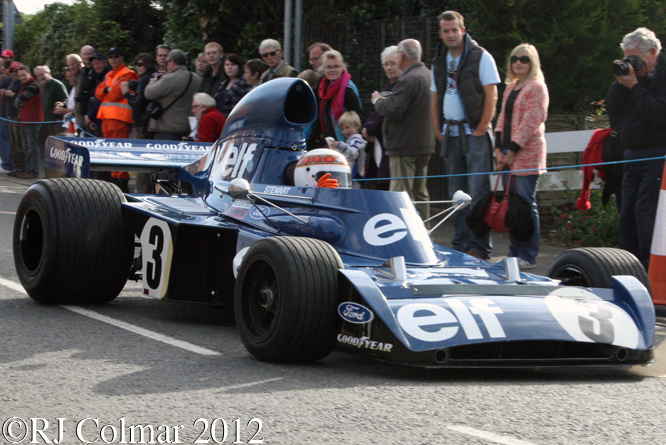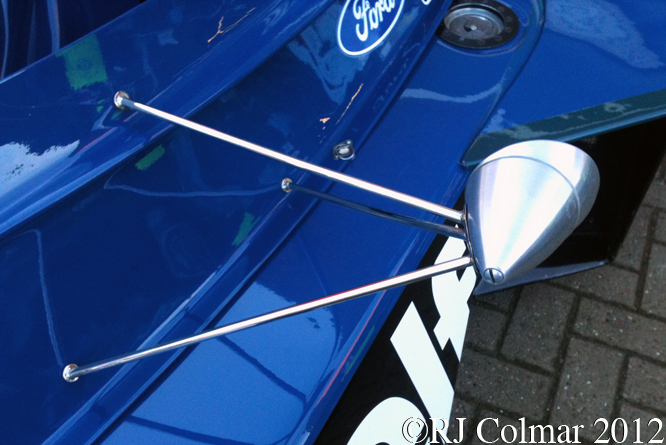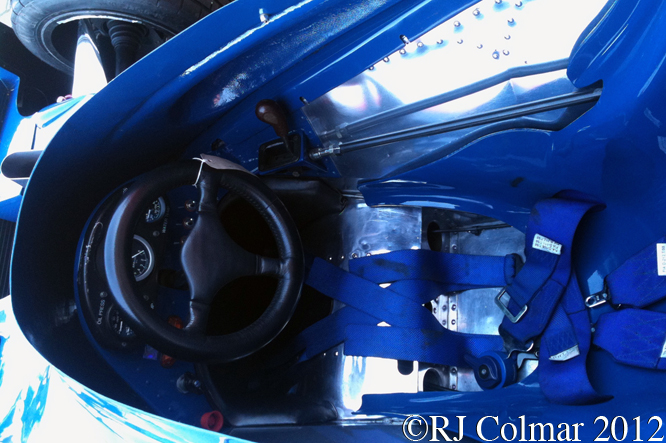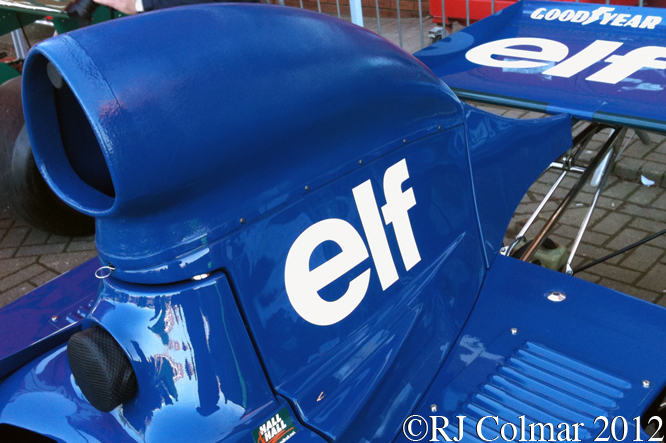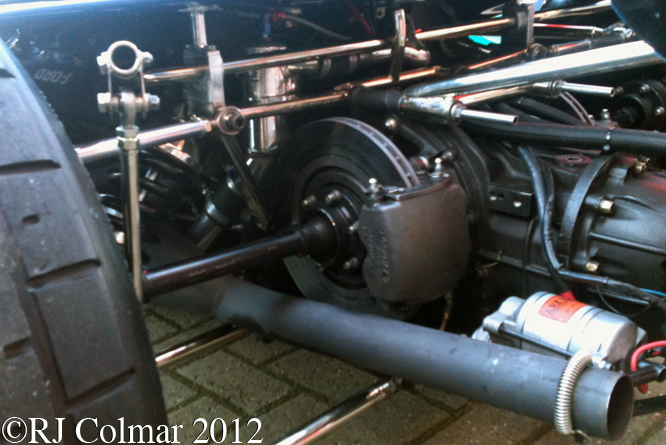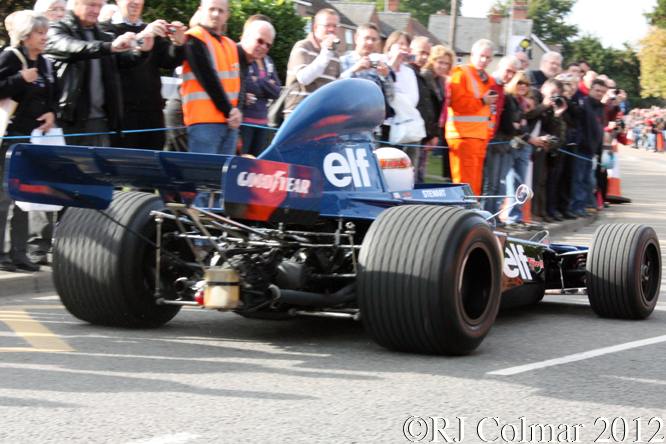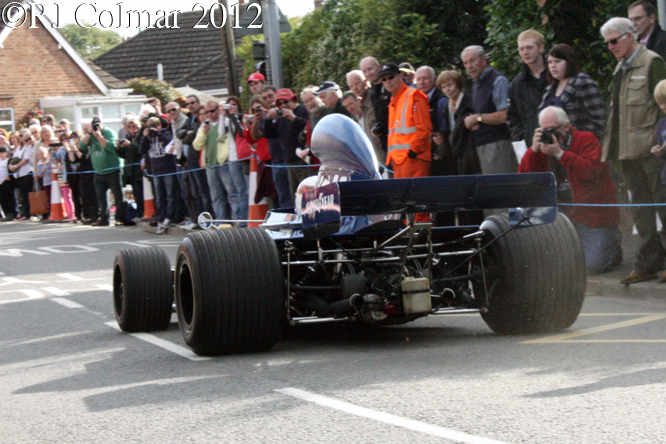On Saturday I popped over to the Forest of Dean to see the 40th Weir Engineering Wyedean Forest Rally for which 175 entries had been received.
The Wyedean started and finished at Chepstow Race Course and was run over 8 stages making a total of 43.42 stage miles that were linked by 98.37 road miles.
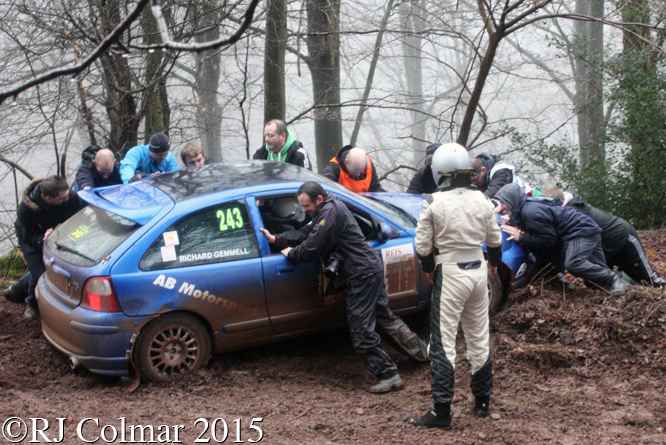
This was the first Rally I had been to since the 1985 Lombard Race Rally, during the course of the day I visited two stages the 3.26 mile Blaze Bailey on the eastern edge of the Forest of Dean near Soudley and 6.02 mile Mailscot near Staunton on the western edge.
Above co driver Matt Beebe directs enthusiastic spectators in their efforts to get driver Richard Gemmell and his MG ZR out of a mud trap that saved the car from a couple of hundred foot drop into an abyss on the last corner of the Blaze Bailey stage, the #243 crew recovered to eventually record a 100th place finish from the 120 crew’s who made it back to Chepstow.
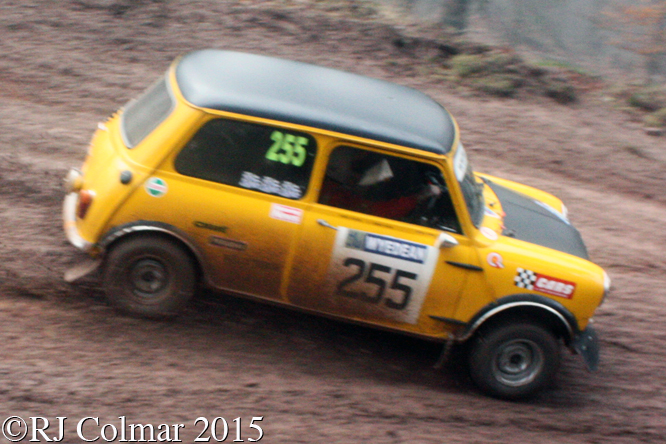
Unfortunately I was not party to any radio communications during the event which made it impossible to follow what was going on in terms of positions and stage times so today’s blog will be limited to photographs of the winners of the 5 classes which split into a total of 16 sub classes each with a winner along with an overall winner.
The historic class was divided into four, winners of the H1a Class were Peter Lewis and Paul Fife in the 1963 #255 Mini Cooper S, seen above in the Mailcot Stage.
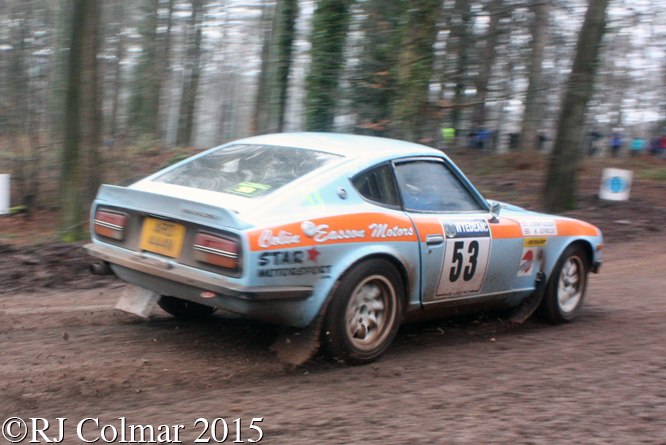
Back in 1971 and 1973 Datsun 240 Z’s driven by Edgar Hermann and Shekhar Mehta respectively won the gruelling East African Safari Rally proving the model was no flimsy boulevard cruiser.
It was therefore perhaps no great surprise that Jeremy Easson and Mike Reynolds won class H2b on Saturday with their #53 240Z built in 1974.
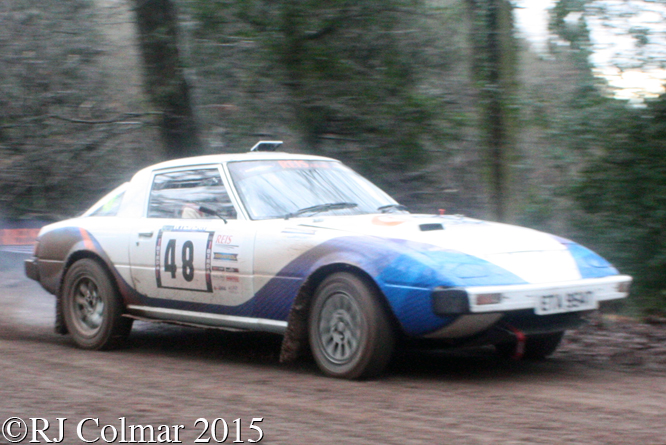
Nowhere near as noisy as it’s circuit racing siblings was the 1979 #48 Mazda RX7 crewed by class H3b winners Jake Scannell and Adrian Stevens which like the #53 Datsun is seen on the Blaze Bailey stage above.
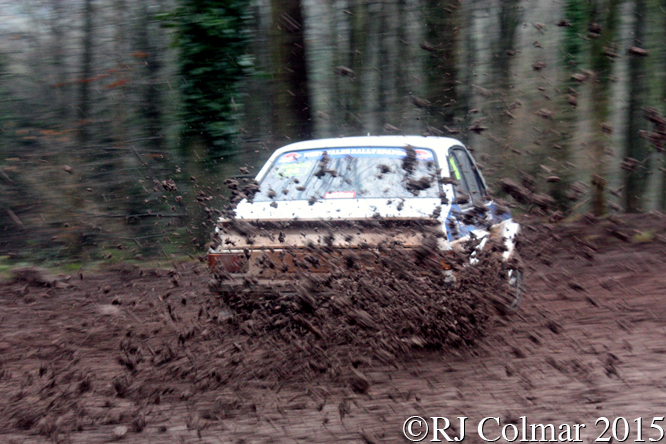
The Ford Escort in MkI and MkII guises was a rallying staple through out the 1970s, winning the 1970 World Cup Rally in MkI form and the 1979 World Rally Championship in MkII form.
The #24 Escort RS1800 Replica above crewed by Nick Elliot and Dave Price won the H4 category and as we shall see was one of three MKII shelled Escorts to win awards on Saturday, the #24 started life as a far more mundane 2 door Ford Escort Popular.
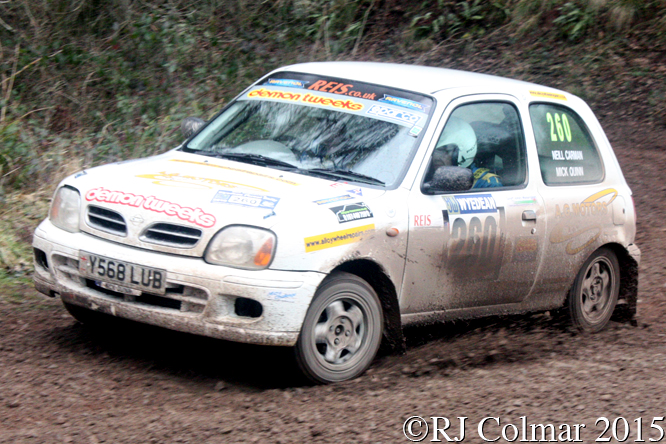
Three classes were run for the Rally First starter series for novice crews running production cars with a few basic competition safety features.
The RF 1.0 class for cars running motors of no more than 1 litre / 61.5 cui was won by the 2001 #260 Nissan Micra S crewed by Nick Quinn and Neill Carmen seen above on the Mailscot Stage.
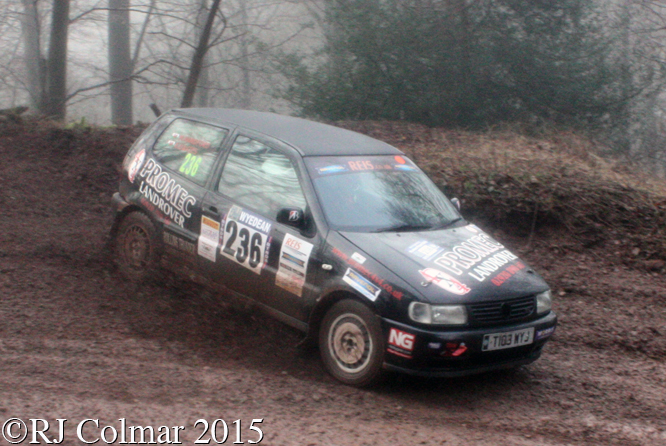
Morgan Handford and Richard Davies took top honors in RF1.4 despite taking the longest route around the final corner of the opening Blaze Bailey stage in their 1999 #236 Volkswagen Polo 1.4 16V.
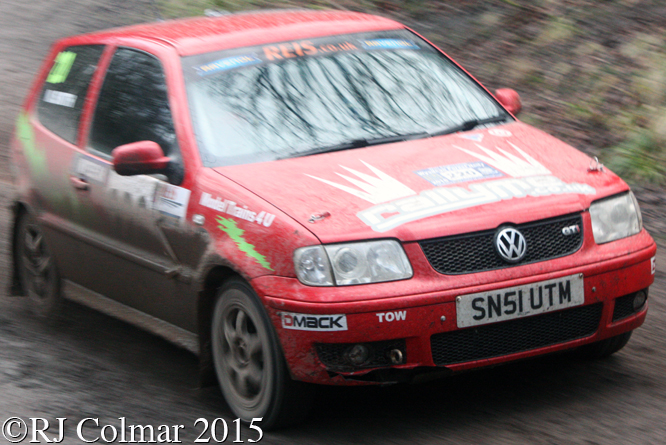
Top starter class RF1.6 honours were taken by Mick Smith and Calvin Houldsworth driving their 2001 #220 Volkswagen Polo GTi seem above on the Mailscot Stage.
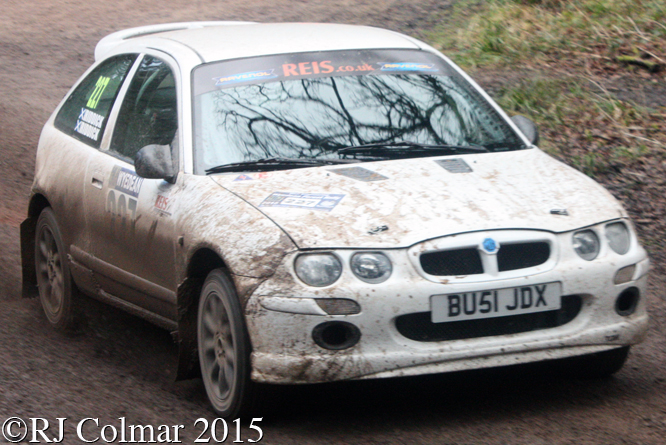
The BTRDA kick Start 1400 series is run in two classes for slightly more sophisticated cars than the Rally First vehicles, but with tightly controlled stock restricted specifications on motors and suspensions.
Winners of Class 1400 C were the Scotish pair Keith and Mairi Riddick in their 2001 #227 MG ZX.
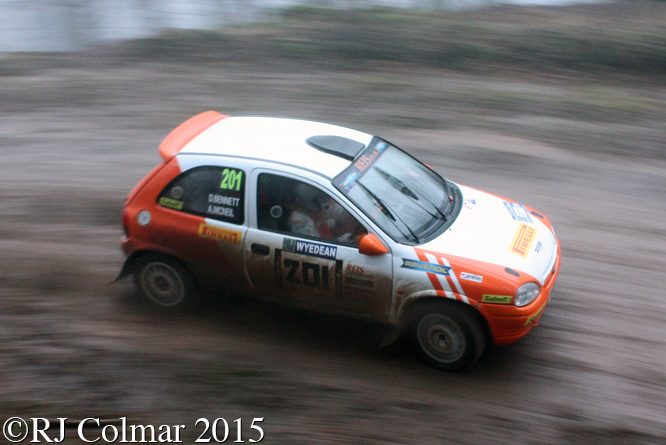
The slightly more liberal 1400 S class was won by #201 Vauxhall Corsa crewed by David Bennett and Alistair McNeil seen above on the Blaze Bailey stage following a much better line through the final corner than the #236 RF1.4 class winning VW Polo.
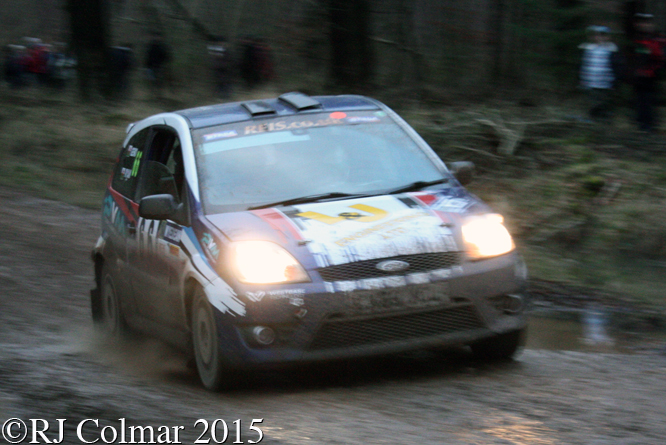
Group N is an internationally recognised production based category that allows only safety modifications and a free choice of electronic control unit (ECU) for the motor, the success of the category can be judged by the fact it has remained largely unchanged since it’s inception in 1982.
Winners of the Group N3 class for vehicles with motors up to 2 litres / 122 cui on Saturday were Geno Cook and Ryan Jones who drove the #66 Ford Fiesta ST seen above in the closing gloom towards the end of the final Mailscot Stage.
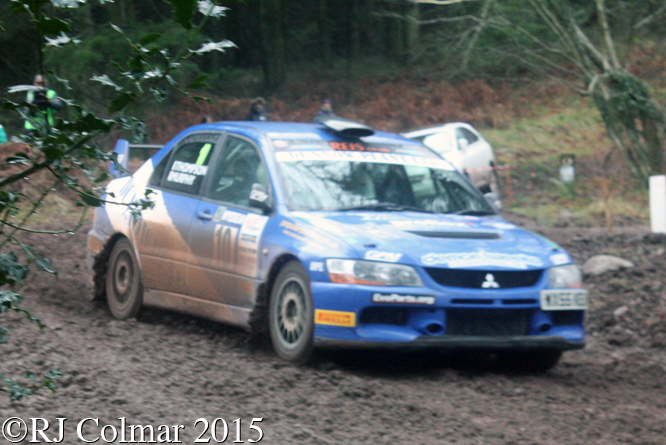
Russ Thompson and Andy Murphy won the over 2 litre / 122 cui Group N4 class driving the #10 Mitsubishi Evo IX seen on the Blaze Bailey Stage above.
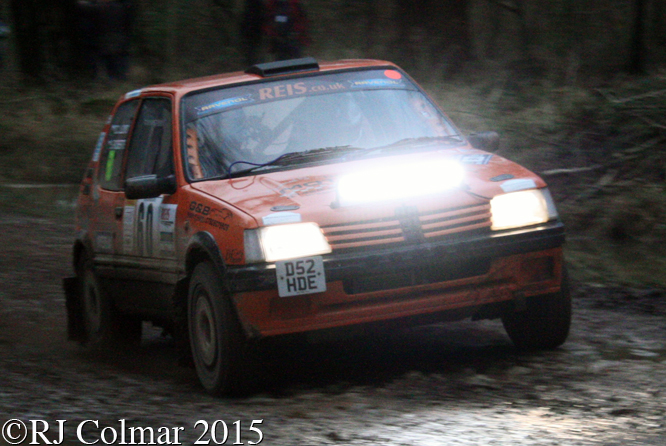
The top five classes, B10, B11, B12, B13 and B14 cater for a range of specialised vehicles which must retain FIA crash tested type body shells, which precludes the use of space / tube frame specials.
Winners of the up to 1600 cc / 97.6 cui B10 class were Thomas Lloyd and Sherrin Roberts in their formerly Grey 1987 #60 Peugeot 205 Gti running with non period LED fog lights.
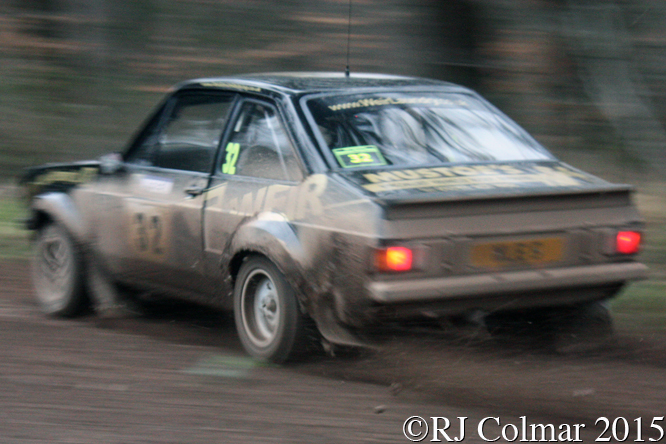
Graham Elsmore and Stuart Harrold won the first three Wyedean Rallies from 1975 to 1977, the pair were also British Group One, similar to Group N, champions in 1977 and competed for works Ford, Triumph and Vauxhall teams in to the 1980’s.
They were loaned the #32 Ford Escort Mk2, seen hanging it’s tail out on the Mailscot stage above, by event sponsor Rob Weir, Graham and Stuart repaid Rob’s kindness with an up 2 litre / 122 cui class B11 victory.
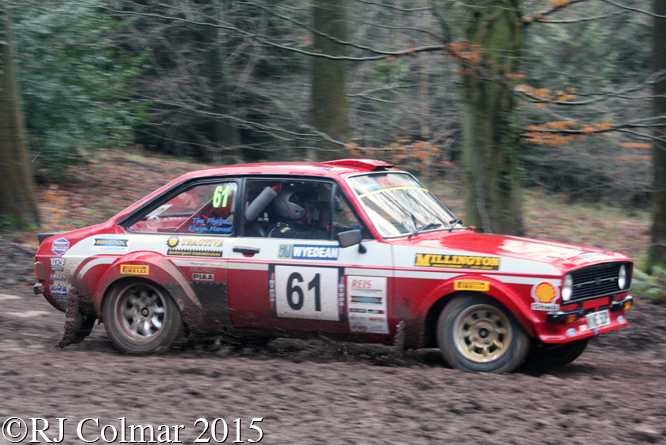
Over 2 litre / 122 cui B12 class honours were won by the #61 Ford Escort Mk2 crewed by Tim Phelps and Elwyn Manuel, their car is powered by a 2.4 litre / 146 cui motor who’s origin I was not able to determine during the course of the event.
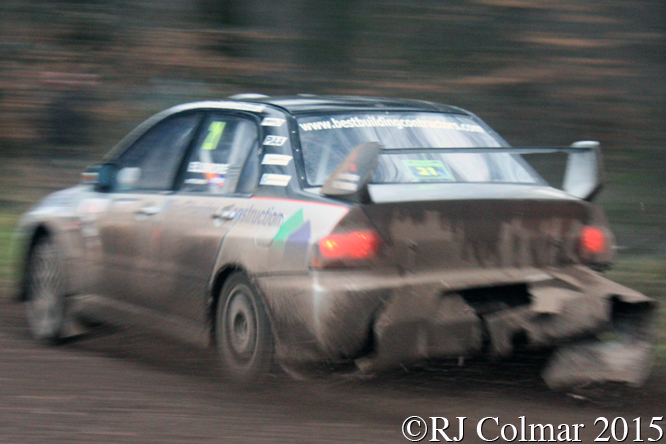
Graham Elsmore’s son Nik is a proper chip off the old block, he was 1999 BRTDA Gold Star champion and shared the #21 Mitsubishi Evo IX above with Matt Edwards to finish 5th overall and win the B13 class for vehicles over 2 litres / 122 cui with four wheel drive.
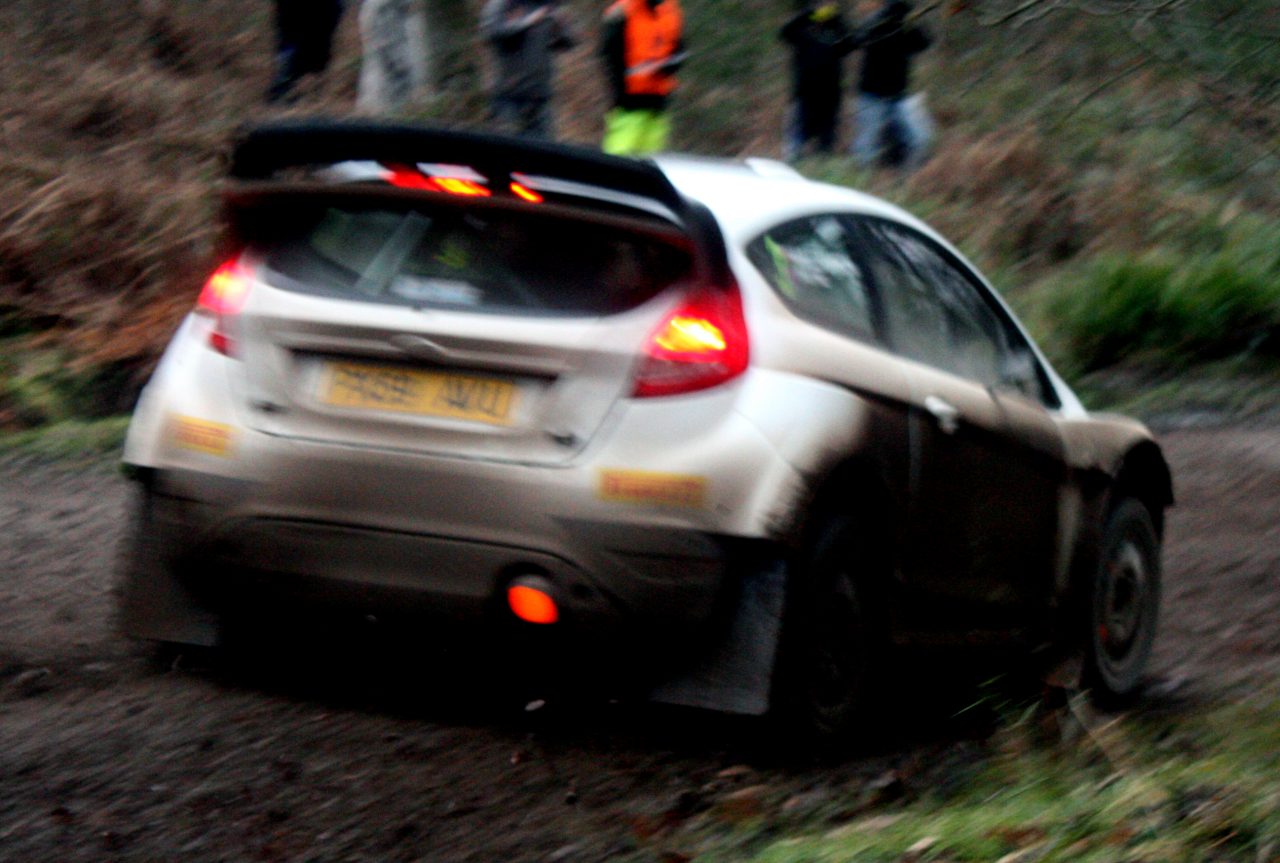
The events Press officer Andrew Haill kindly explained that despite finishing behind 2 other B14 competitors James Payne and Carl Williamson driving the #3 Ford Fiesta ST above on the Mailscot stage were awarded the top honours in class B14 because the top three overall finishers are excluded from class awards.
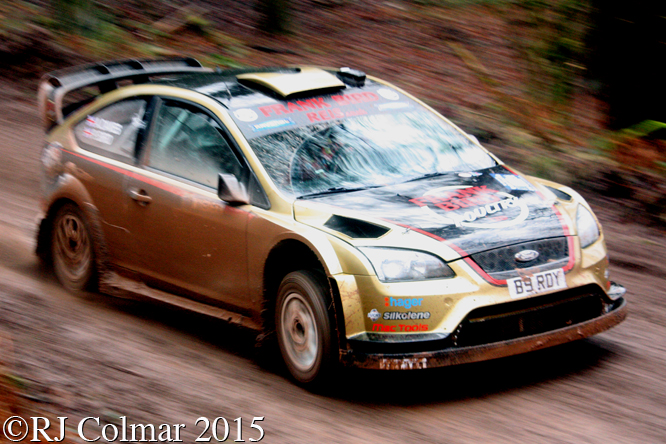
Clear overall winner of the 40th Weir Engineering Wyedean Forest Rally with five stage wins and 3 second fastest times was 2005 ANCRO National champion Cumbrian Paul Bird and his Welsh co driver Aled Davies driving his 2007 #1 Ford Focus WRC.
Paul, the head of Paul Bird Motorsports who run PBM Moto GP and British Superbike teams, has finished 2nd twice on this rally before was thrilled to win the event at the third time of asking.
Paul finished last season with two straight rally victories, which has now become three and he will be looking to make it four on the Malcom Wilson Stages Rally on March the 7th.
If you have never seen a forest rally in person I can heartily recommend it, your fellow spectators are unfailingly friendly, kids seem to love the sport, one six year old on Saturday managed to detain his Dad on the stages for many hours beyond the original two Dad had planned for the visit and most National Forests in the UK can be visited for free, though there maybe charges for car parking, as for example the reasonable £6 being charged for Forestry parking on the Mailscot Stage.
Thanks for joining me on this “Bird’s Wyedean Win” edition of “Gettin’ a li’l psycho on tyres”, I hope you will join me again tomorrow when I’ll be looking at King Richards ’67 Plymouth Belvedere. Don’t forget to come back now !
